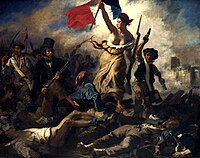
The Pulitzer Prize for Breaking News Photography is one of the American Pulitzer Prizes annually awarded for journalism. From 2000 it has used the "breaking news" name but it is considered a continuation of the Pulitzer Prize for Spot News Photography, which was awarded from 1968 to 1999. Prior to 1968, a single Prize was awarded for photojournalism, the Pulitzer Prize for Photography, which was replaced in that year by Pulitzer Prize for Spot News Photography and Pulitzer Prize for Feature Photography.
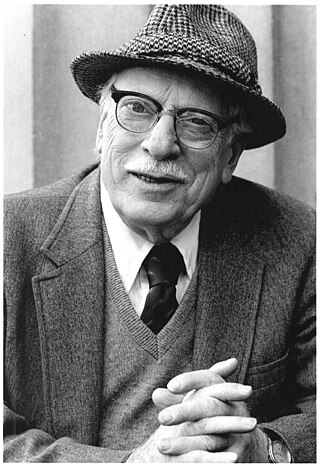
Joseph John Rosenthal was an American photographer who received the Pulitzer Prize for his iconic World War II photograph Raising the Flag on Iwo Jima, taken during the 1945 Battle of Iwo Jima. His picture became one of the best-known photographs of the war, and was replicated as the United States Marine Corps War Memorial in Arlington, Virginia.

Photojournalism is journalism that uses images to tell a news story. It usually only refers to still images, but can also refer to video used in broadcast journalism. Photojournalism is distinguished from other close branches of photography by having a rigid ethical framework which demands an honest and impartial approach that tells a story in strictly journalistic terms. Photojournalists contribute to the news media, and help communities connect with one other. They must be well-informed and knowledgeable, and are able to deliver news in a creative manner that is both informative and entertaining.

Alfred Eisenstaedt was a German-born American photographer and photojournalist. He began his career in Germany prior to World War II but achieved prominence as a staff photographer for Life magazine after moving to the U.S. Life featured more than 90 of his pictures on its covers, and more than 2,500 of his photo stories were published.
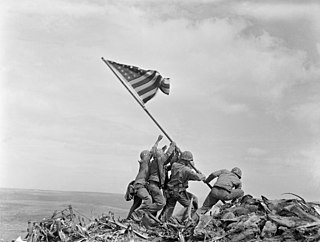
Raising the Flag on Iwo Jima is an iconic photograph of six United States Marines raising the U.S. flag atop Mount Suribachi during the Battle of Iwo Jima in the final stages of the Pacific War. Taken by Joe Rosenthal of the Associated Press on February 23, 1945, the photograph was published in Sunday newspapers two days later and reprinted in thousands of publications. It won the 1945 Pulitzer Prize for Photography and has come to be regarded in the United States as one of the most recognizable images of World War II.
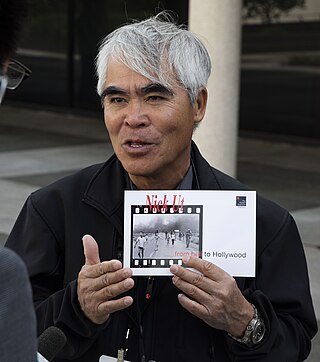
Huỳnh Công Út, known professionally as Nick Ut, is a Vietnamese-American photographer who worked for the Associated Press in Los Angeles. He won both the 1973 Pulitzer Prize for Spot News Photography and the 1973 World Press Photo of the Year for his 1972 photograph The Terror of War, depicting children running away from a napalm bombing attack during the Vietnam War. In 2017, he retired. Examples of his work may be found in the collection of the National Gallery of Art in Washington, DC.

Evan Vucci is an American photojournalist, who is the chief photographer for the Associated Press in Washington, D.C.. Vucci shoots and produces both still photography and video projects worldwide, as well as on various subjects including Washington, D.C.–based sports, the U.S. military, and U.S. politics.
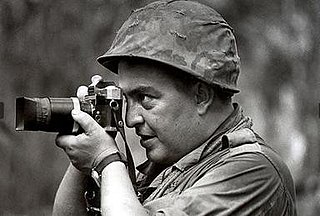
Horst Faas was a German photo-journalist and two-time Pulitzer Prize winner. He is best known for his images of the Vietnam War.
Christopher Morris is an American photojournalist best known for his documentary conflict photographs, being a White House photographer, a fashion photographer, and a film director.
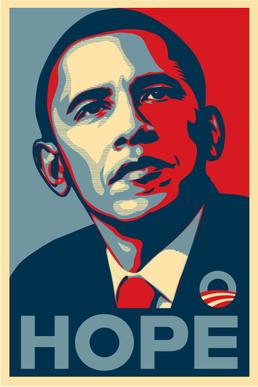
The Barack Obama "Hope" poster is an image of US presidential candidate Barack Obama designed by American artist Shepard Fairey. The image was widely described as iconic and came to represent Obama's 2008 presidential campaign. It is a stylized stencil portrait of Obama in solid red, beige and blue, with the word "progress", "hope", or "change" below.
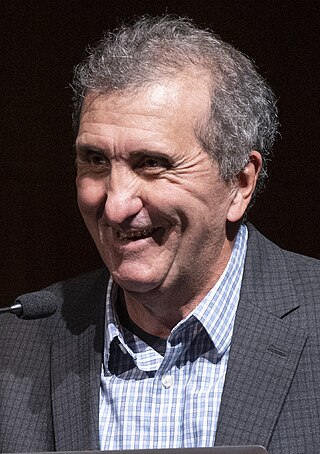
Peter Joseph Souza is an American photojournalist, the former chief official White House photographer for Presidents of the United States Ronald Reagan and Barack Obama and the former director of the White House Photography Office. He was a photographer with The Chicago Tribune, stationed at the Washington, D.C., bureau from 1998 to 2007; during this period, he also followed the rise of then-Senator Obama to the presidency.
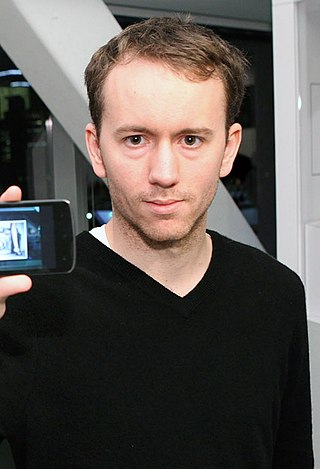
Tyler Shields is an American photographer, screenwriter, director, and former professional inline skater. Shields is known for his provocative photography involving violence and danger.
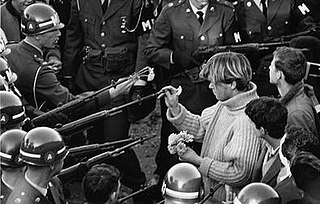
Flower Power is the title of a photograph taken by American photographer Bernie Boston for the now-defunct newspaper The Washington Evening Star. Taken on October 21, 1967, during the March on the Pentagon by the National Mobilization Committee to End the War in Vietnam, the photo shows protester George Harris placing a carnation into the barrel of an M14 rifle held by a soldier of the 503rd Military Police Battalion (Airborne).
Doug Mills is an American photographer who has covered the White House since 1983. He began working for The New York Times in 2002, having previously been the chief photographer for The Associated Press in Washington, in which capacity he won two Pulitzer prizes for team coverage. As of February 2019, he is a board member of the White House Correspondents' Association.
Erin Schaff is an American photographer and photojournalist. She currently works as a political photographer for The New York Times based in Washington, D.C. She has covered numerous political events in Washington, D.C., most notably the Ford-Kavanaugh sexual assault hearings, the first impeachment of Donald Trump, and the first impeachment trial of Donald Trump.

Donald Trump, president-elect of the United States who previously served as 45th president, has elicited highly polarized public perceptions about his performance as a head of state and largely negative opinions about his temperament and personal conduct while in office.

On January 6, 2021, the United States Capitol Building in Washington, D.C., was attacked by a mob of supporters of, at the time, the 45th U.S. president Donald Trump in an attempted self-coup d'état, two months after his defeat in the 2020 presidential election. They sought to keep him in power by preventing a joint session of Congress from counting the Electoral College votes to formalize the victory of President-elect Joe Biden. The attack was ultimately unsuccessful in preventing the certification of the election results. According to the bipartisan House select committee that investigated the incident, the attack was the culmination of a seven-part plan by Trump to overturn the election. Within 36 hours, five people died: one was shot by Capitol Police, another died of a drug overdose, and three died of natural causes, including a police officer who died of natural causes a day after being assaulted by rioters. Many people were injured, including 174 police officers. Four officers who responded to the attack died by suicide within seven months. Damage caused by attackers exceeded $2.7 million.

On August 24, 2023, after being indicted on racketeering and related charges, Donald Trump, former president of the United States and current president-elect of the United States, voluntarily surrendered himself to authorities at the Fulton County Jail in Atlanta, Georgia, where a mug shot of him was taken. In the photograph, Trump, wearing a blue suit with a white shirt and a red tie, glowers at the camera in front of a gray backdrop. His face is lit from the side and from above. It is the first and thus far only police booking photograph of a U.S. president. After its publishing, the mug shot was used on merchandise by Trump's 2024 presidential campaign, in Internet memes, and featured on various media reports worldwide.

On July 13, 2024, Donald Trump, a former president of the United States and then the presumptive nominee of the Republican Party in the 2024 presidential election, survived an assassination attempt while speaking at an open-air campaign rally near Butler, Pennsylvania. Trump was shot and wounded in his upper right ear by Thomas Matthew Crooks, a 20-year-old man from Bethel Park, Pennsylvania, who fired eight rounds from an AR-15–style rifle from the roof of a nearby building. Crooks also killed one audience member and critically injured two others. He was shot and killed seconds later by the United States Secret Service's Counter Sniper Team.




